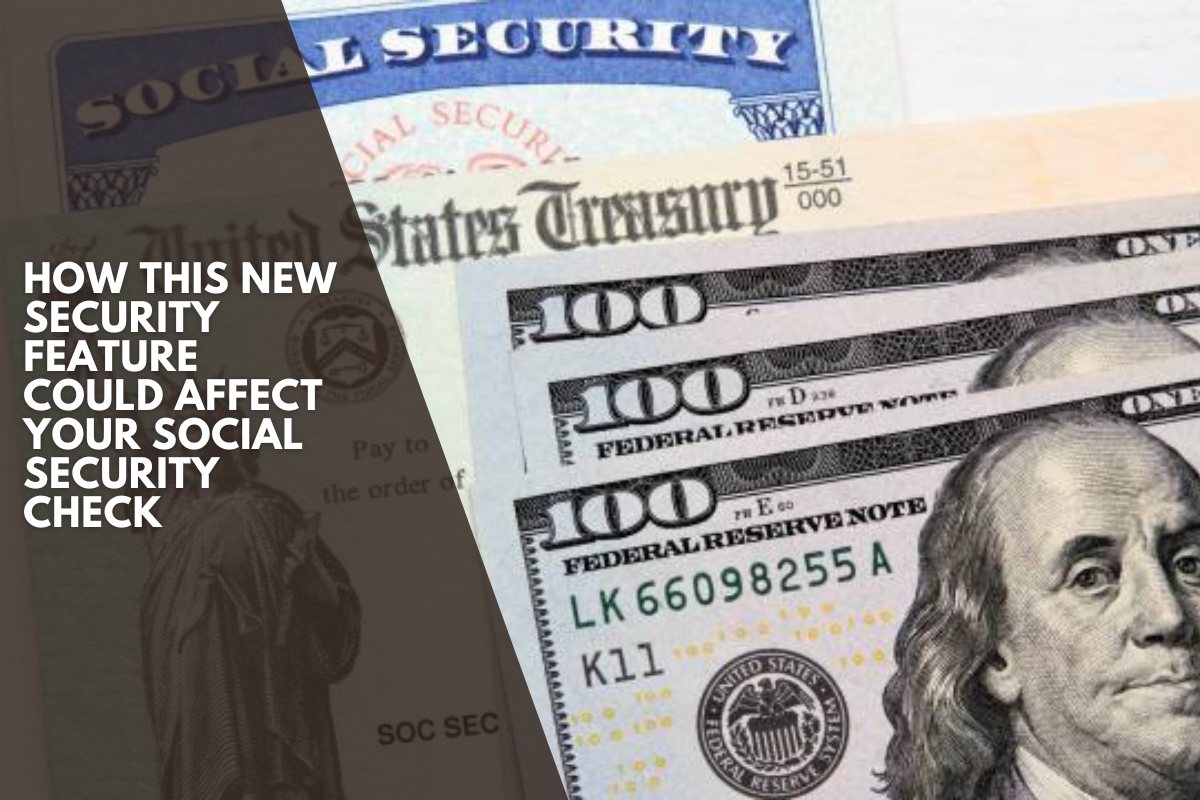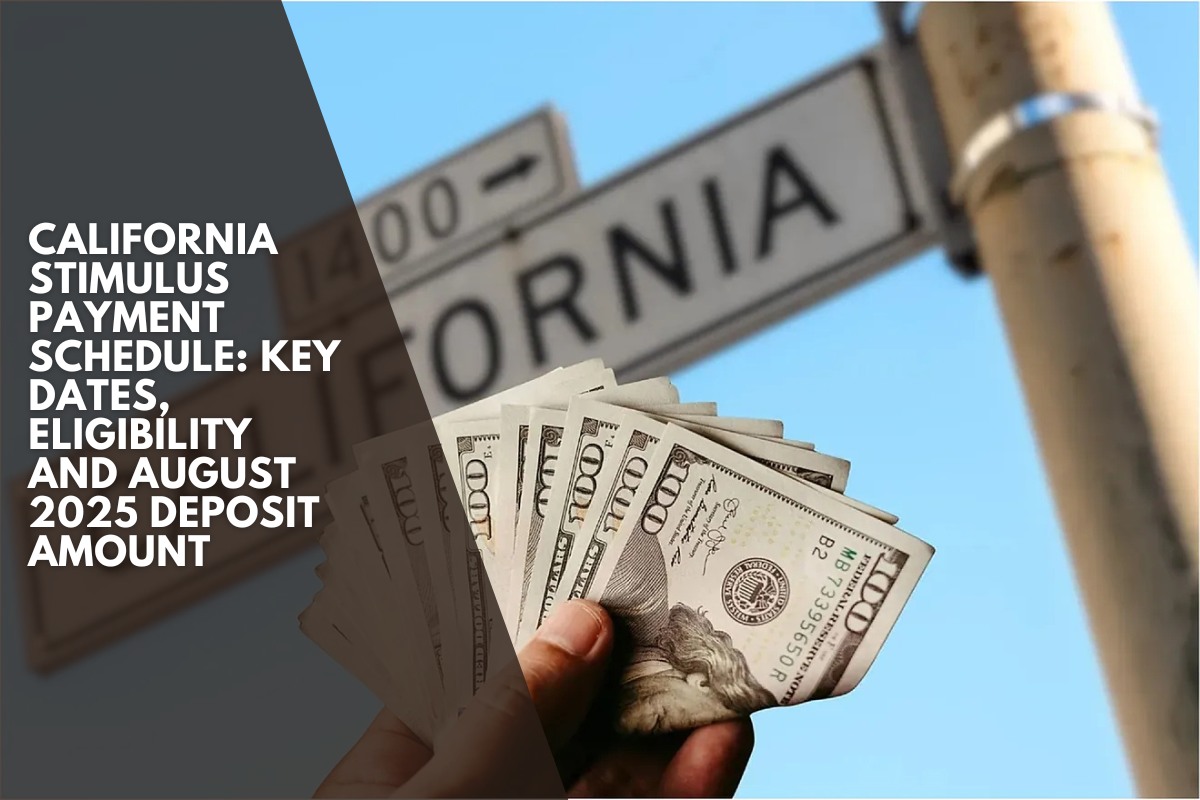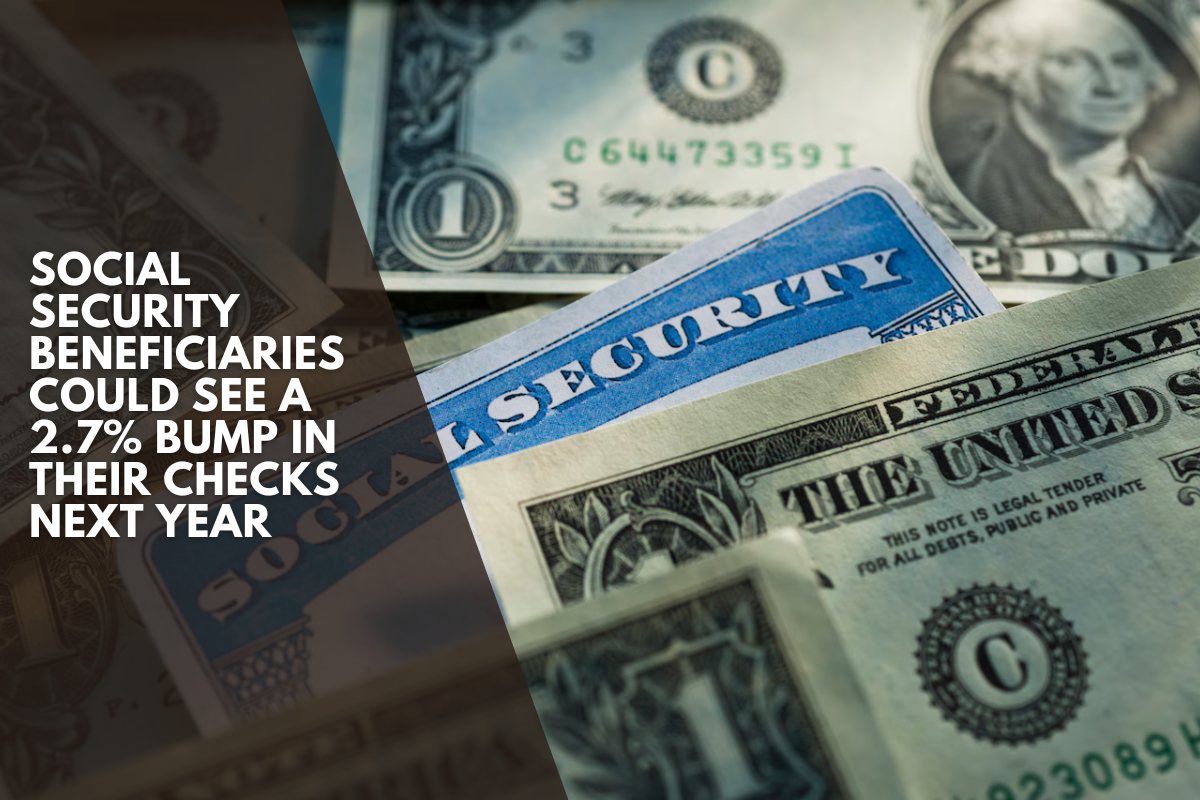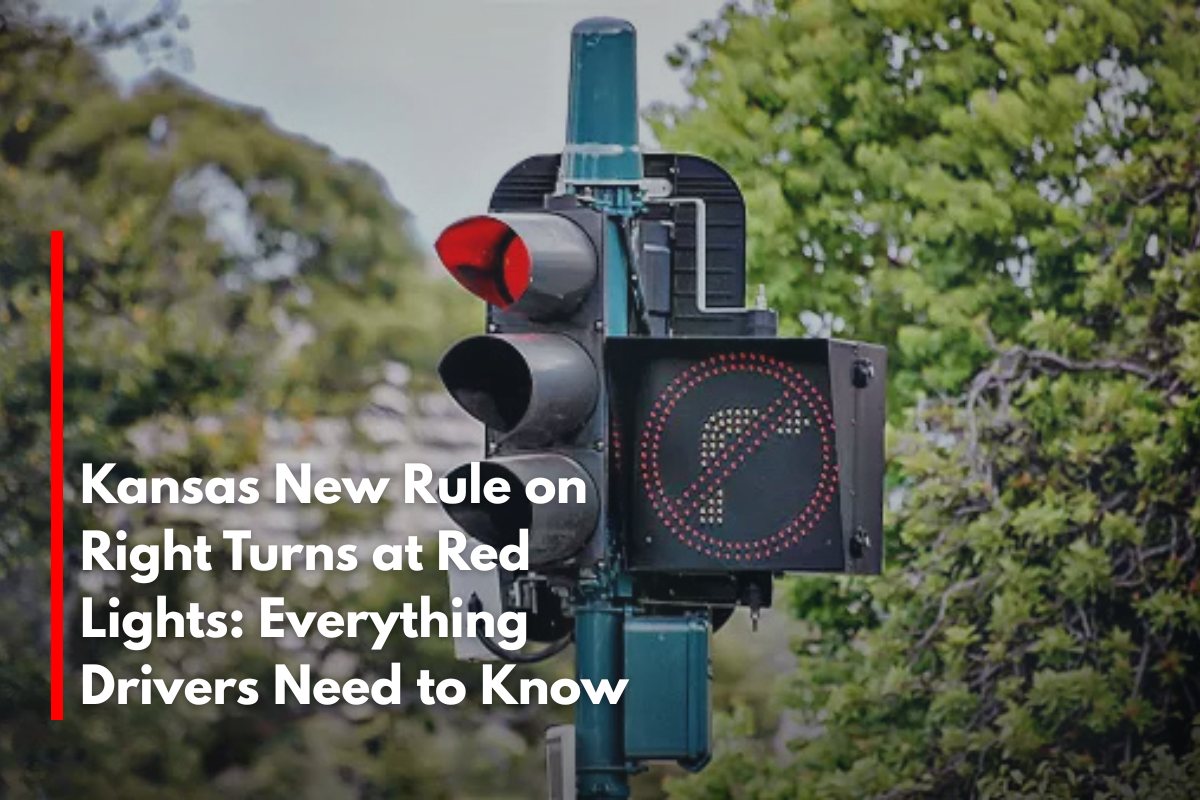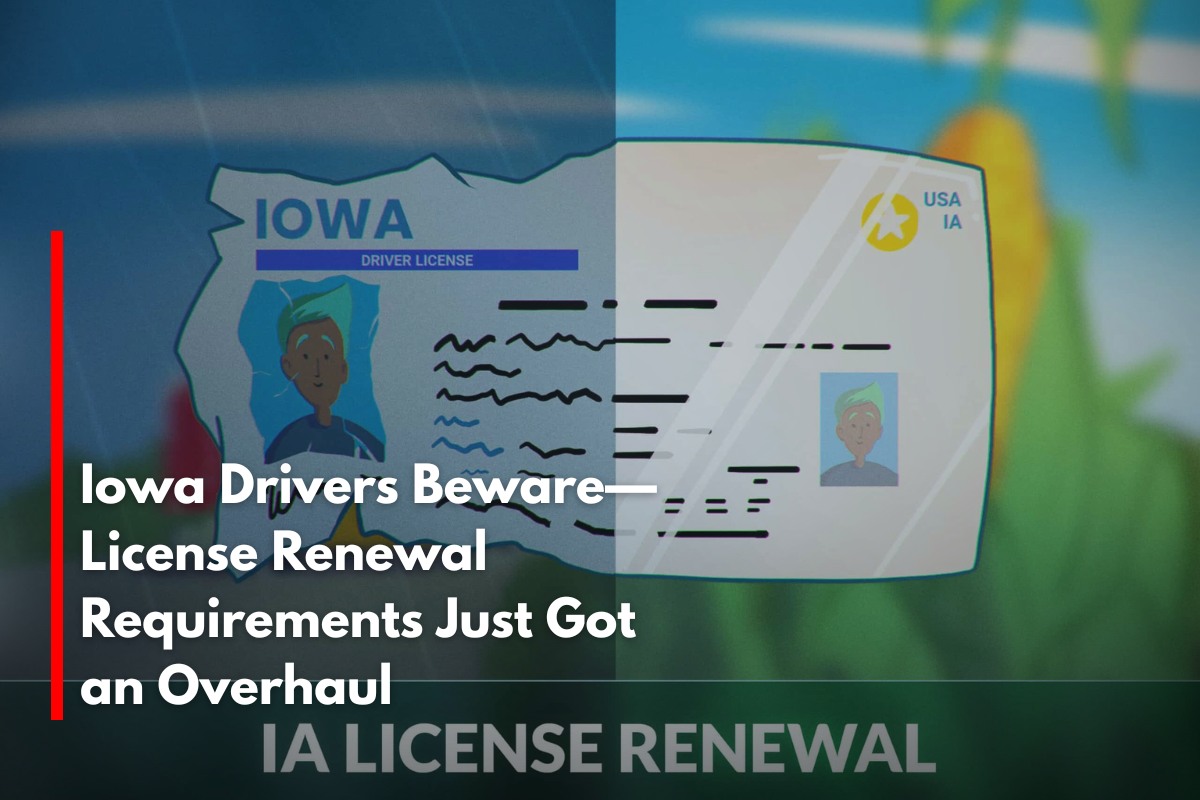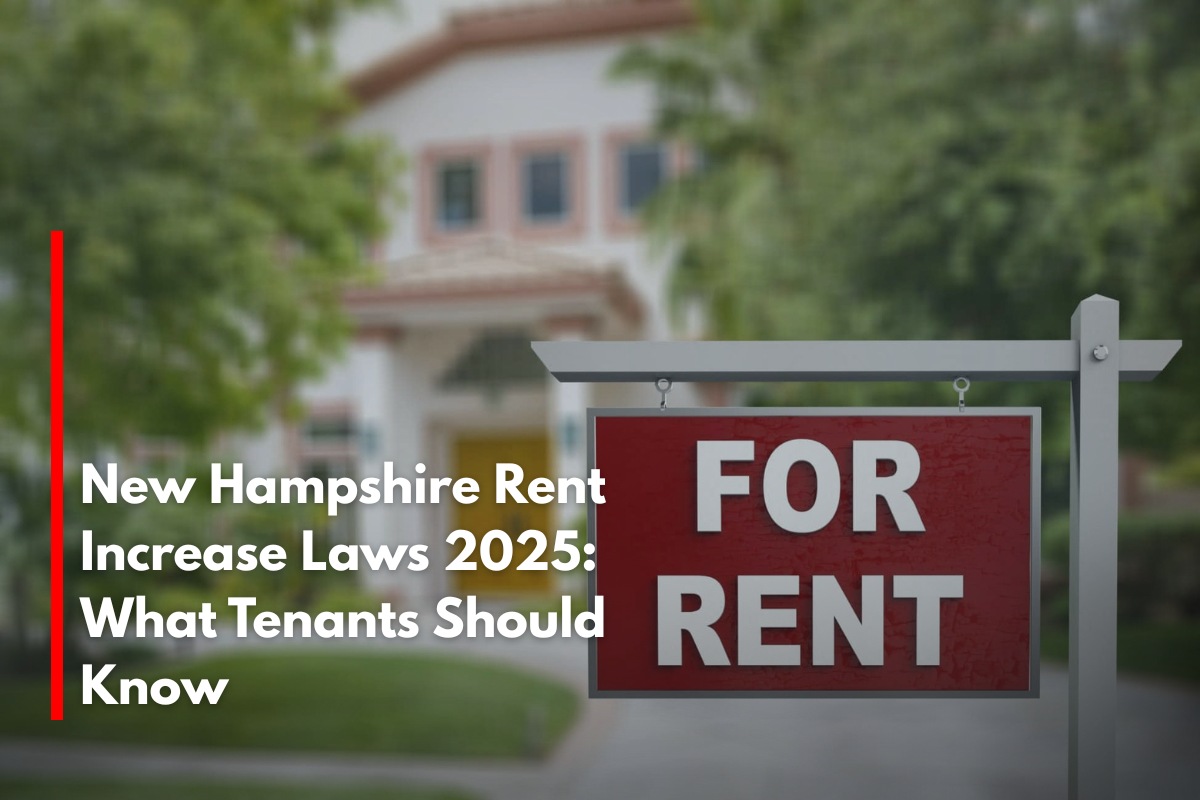If you receive Social Security payments or are approaching retirement, this month brings important information that may have a direct impact on your finances, as the Social Security Administration has confirmed new deposit dates, as well as relevant details on who qualifies for the highest amounts.
Some retirees could receive Social Security payments totaling up to $5,108. Here, we explain the requirements for this benefit, who gets it, and how to check the payment dates and amounts.
When will you receive your Social Security payment in August 2025?
The SSA uses a staggered schedule based on your date of birth:
Wednesday, August 13: born from the 1st to the 10th
Wednesday, August 20: born from the 11th to the 20th
Wednesday, August 27: born from the 21st to the 31st
Special exceptions:
If you started receiving benefits before May 1997 or also receive Supplemental Income (SSI), your payment is made on Friday, August 1.
Furthermore, it is important to note that SSI beneficiaries will receive a second payment on Friday, August 29, because September 1, the usual payday, is a holiday.
Who could receive up to $5,108 in August 2025?
It is the maximum payment that can be received by those who postponed retirement until age 70 and made sufficient work contributions.
In August 2025, the monthly cap is $5,108.
Average SSA Payments in August 2026
The average payment for retirees is around $1,976 per month.
For couples, it can exceed $3,100.
Disability beneficiaries (SSDI) receive an average of about $1,537 per month.
What to do if your payment does not arrive or is less than expected
If the payment is not reflected on the indicated day, the recommendations are:
Wait at least three business days after the deposit date.
Check with your bank, as sometimes they delay the crediting.
If the money still does not arrive, contact the SSA or use your “My Social Security” account online.
Why might the payment be lower?
Since July 2025, the Social Security Administration has begun deducting up to 50% of monthly payments to recover overpayments, up from 10% previously. This could explain why your check is lower than usual.

